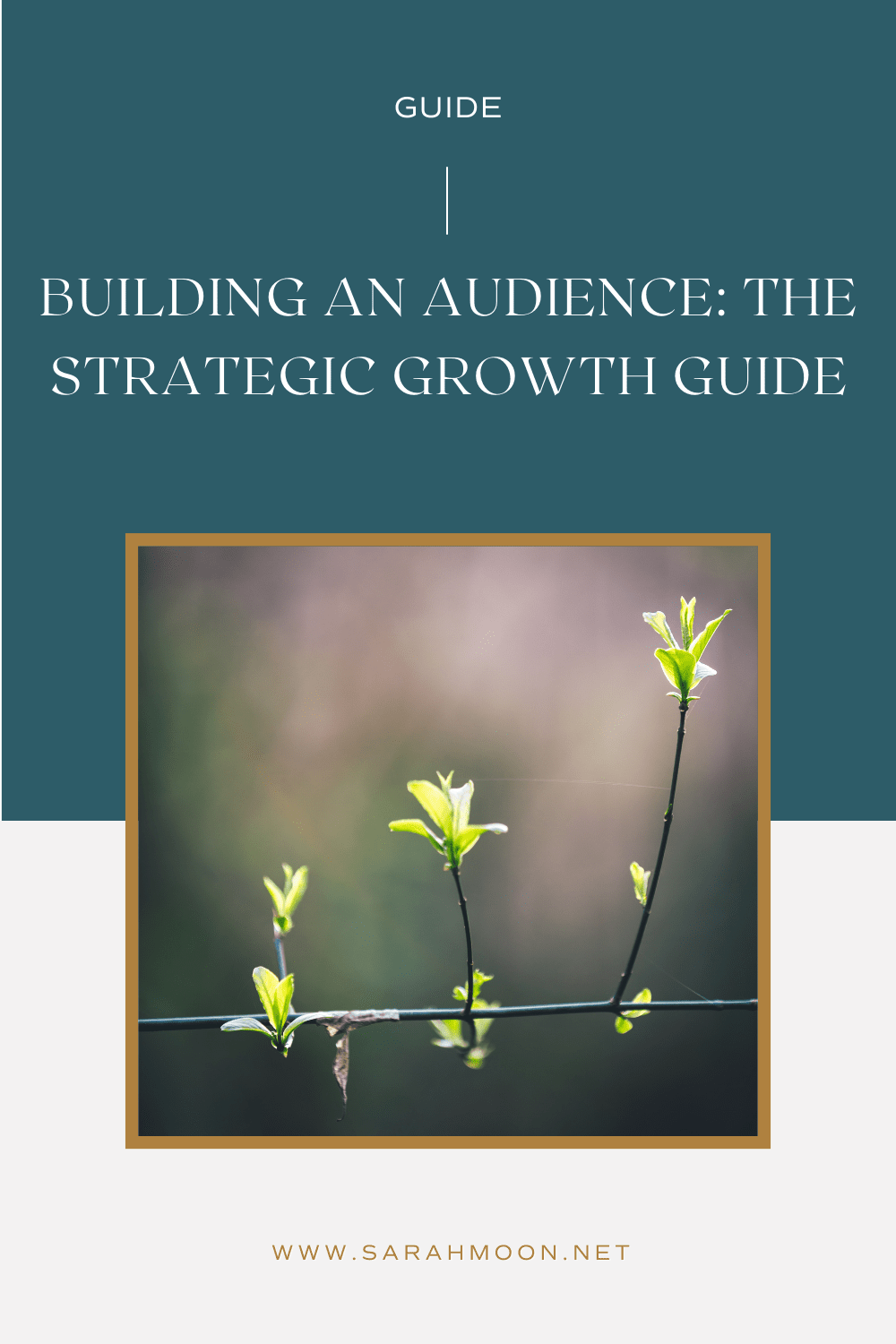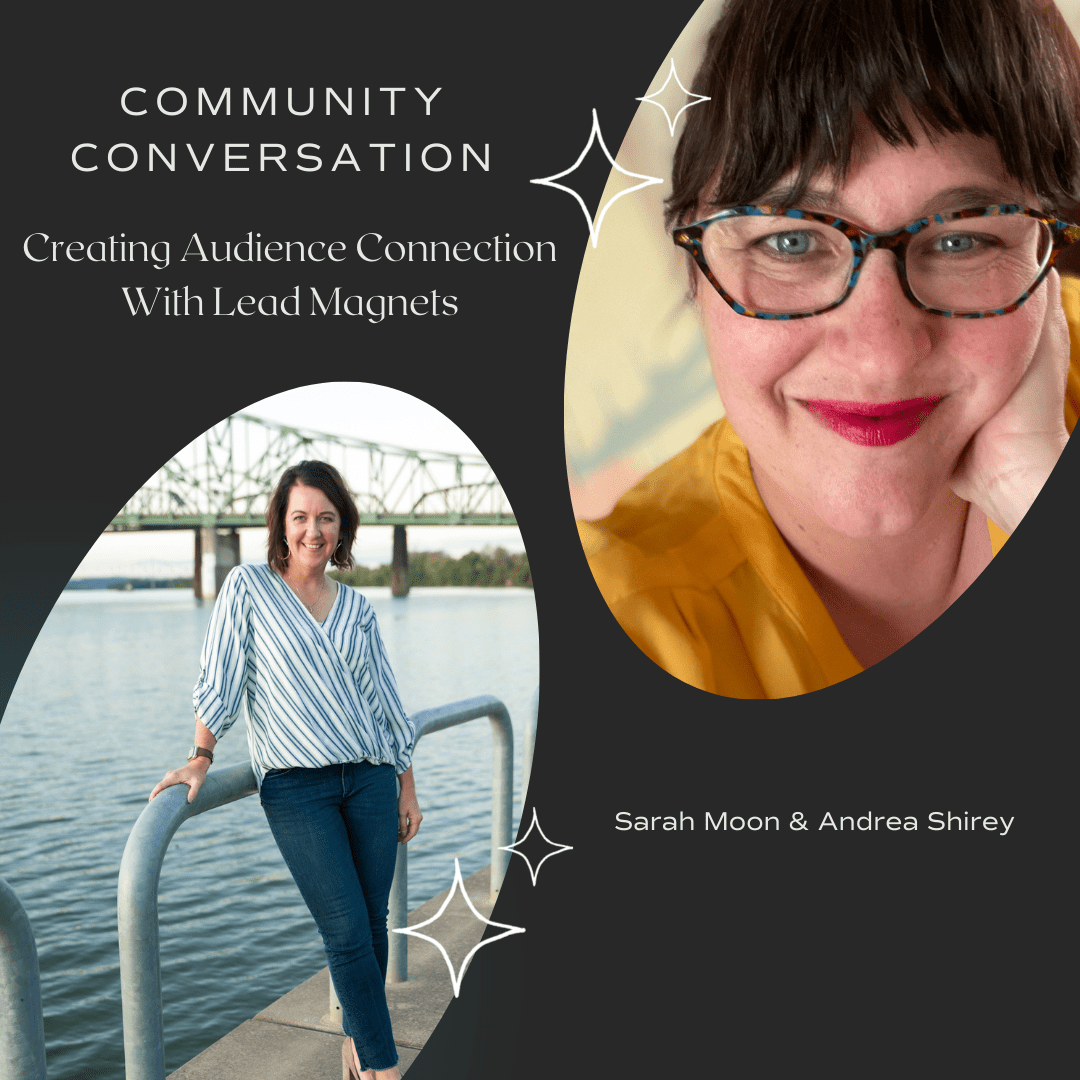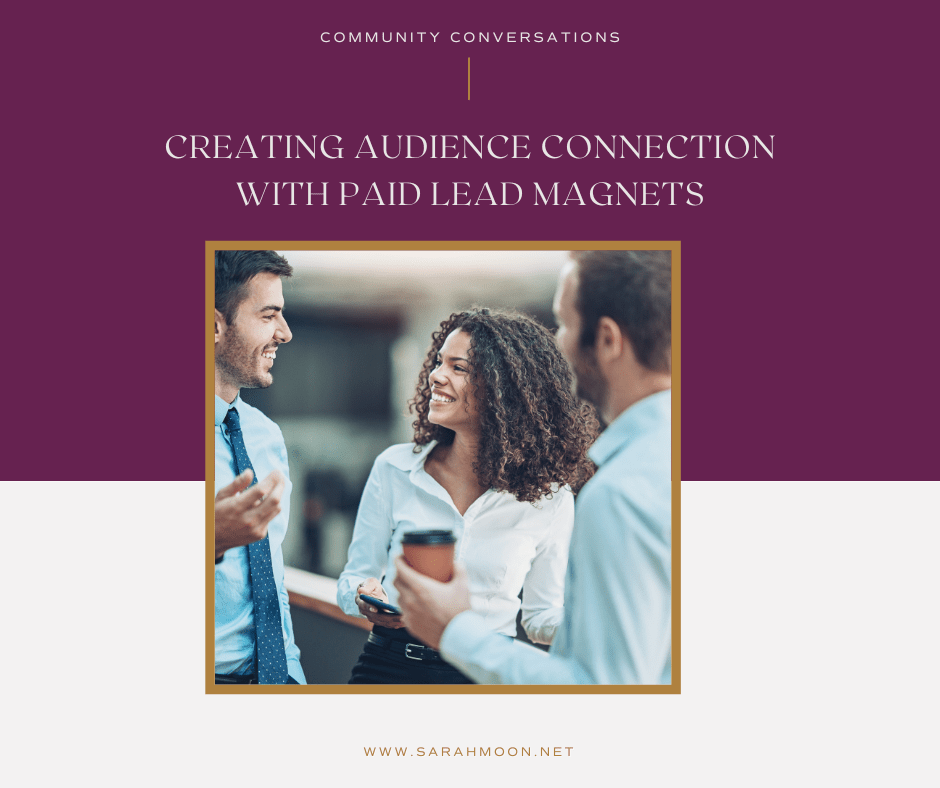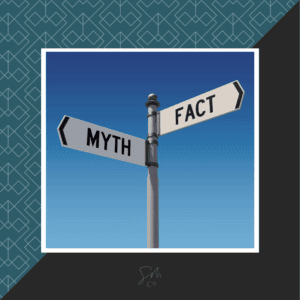One thing clients new to us often say is “I have a small audience,” and almost always apologize for this reality.
While that statement can mean a variety of things, typically they’re talking about numbers related to their email lists, LinkedIn connections, and social followers. They wonder if they can grow with a small audience since the numbers they hear they’re “supposed” to have sound huge.
The short answer to that question: yes, absolutely!
I can point you to loads of examples I have to folks with small audiences who have massive amounts of success.
- There are a few commonalities in successful growth with a small audience.
- How does your audience find your business?
- How do you know who the initial contact with your brand is (aka your sub-audience)?
- Another thing to consider is transitioning to your ideal audience.
- But, as someone who’s currently in the thick of tweaking my reach, here’s a general overview of what I recommend:
- Step #1: Identify the audience. Dig deeply.
- Step #2: Identify 2-3 core problems/aspirations this audience has.
- Step #3: Create a topic cluster, informed by keywords around your top audience aspiration.
- Step #4: Mix in a fabulous freebie or very cheap info product that will get folks hooked on your body of work.
- Step #5: Consider a paid promotion strategy, PR, guesting on podcasts/blogs.
- Key Takeaways: Building Your Audience
There are a few commonalities in successful growth with a small audience.
- They address THEIR audience (which is not the whole world). They understand exactly who these people are and what their problems and aspirations are, what makes them tick.
- They have pinpointed their perspective. This means that when they talk to their audience, there’s a consistent, focused point of view their audience hears over and over again. Yes, this sorts some people away and that’s the whole point.
- They commit to content. That doesn’t mean they’re constantly pumping out posts, emails, or whatever. What it does mean is that they’re extremely consistent and have a minimum of a once a week email marketing schedule that is substantive, not salesy fluff. (To be clear: sales as a concept is not bad, shallow extractive sales approaches are.)
- Their message/mission/movement is crystal clear. Yes, this is the hardest part, I know. But when there’s that clarity, the other stuff is so much easier.
I absolutely reject the idea that online marketing is simply a numbers game—I see too much evidence from our clients that that’s not at all the case.

If you’re not willing to take the steps I’ve outlined above, sure, it probably will be all up to the numbers and your focus should simply be on upping the size of your audience.
But our approach, we’re about more than that. You are more than a set of numbers and there are multiple paths to getting where you want your business to be.
By the way, you may think I’m only talking about folks who offer higher-end services, you’d be wrong! I’ve seen success with small audiences for courses, nonprofit fundraising, group programs, even products. It is possible!
How does your audience find your business?
I don’t mean if they’re Googling or searching on LinkedIn. What I mean is WHO is doing that initial discovery?
Here are some examples of complex discovery patterns:
- A specialty physician writing about skin health directly serves patients; however, the primary people finding their content are other physicians looking for trustworthy referrals for their patients.
- An attorney wanting to start an email marketing campaign asks their administrative assistant to research agencies that can handle this seemingly overwhelming task. While the attorney ultimately is the client, those agencies have to pass the scrutiny of that assistant to even get their names in front of the assistant.
- A corporate HR specialist wants to add a health coaching benefit to their employee services: An assistant researches options, the C-suite ultimately signs off, and the service is delivered to the employees.
I have dozens of similar examples, but you get the picture.
Our end customer/client isn’t always the individual who receives our products or services.
This makes thinking about discovery more complicated!
How do you know who the initial contact with your brand is (aka your sub-audience)?
It’s simple: You ask.
Wild right? Search isn’t all that different from real world networking (in fact, I think search and real life connection building are extremely similar in terms of ethos and skillset), and just like if you were at a conference talking with lots of people and asking who the best person to connect with is, you can literally ask your audience how they found you and who makes buying decision.
To determine your audience, you can create a survey, ask people’s role in inquiry forms, or—gasp—literally talk to your clients and customers about this.
What is the initial audience so important to understand?
That’s because your content needs to attract them, but also pique the interest of the end user and/or decision-maker (remember, about 60% of the time, decision-makers use thought leadership aka content when evaluating their choices).
It’s a nuanced approach—like all the best marketing strategies are. 🎯

What’s your next marketing move?
Take our quick assessment designed to help you prioritize the best next step in your marketing strategy. No fluff, all action—the Aligned Authority way!
Another thing to consider is transitioning to your ideal audience.
As I mentioned, it’s not as hard to build a new audience as you may think.
On paper, this seems like an insurmountable mountain to climb, and it is work, but it’s also exciting and a chance to refresh your perspective. Talking to new people about what you do is fun, right?
There are actually many ways to tackle this challenge, and I always tell folks to take what they need from my guidance, mix in other tactics and strategies that have been effective (yes, you should be measuring and tracking this), and come up with a unique plan that feels right and is backed by data.
But, as someone who’s currently in the thick of tweaking my reach, here’s a general overview of what I recommend:
Step #1: Identify the audience. Dig deeply.
Go beyond demographics or “what kind of music do they like” (come on, that’s just fluff), and think deeply about what this audience’s desires, problems, and aspirations are. Get very granular. Think about one or two real life people who fit this ideal client. What excites them? What scares them? What language do they use when they talk about what you do? You want to understand this audience better than you understand yourself.
Write all this down and really spend time with it. Narrow, narrow, narrow.
Step #2: Identify 2-3 core problems/aspirations this audience has.
We often focus on our audience’s problems, but we also want to think about their aspirations. You can learn both of these things from LISTENING to your audience. If you’re new, maybe that means looking on the sites and platforms your audience hangs out (reddit, Facebook, twitter, whatever). If you’re established, mine your notes from calls, your emails, recordings from meetings—you get the picture. The answers are there.
You will see the themes—trust me. Write these down and really prioritize what’s the most important theme. This is your top audience problem/aspiration.
Step #3: Create a topic cluster, informed by keywords around your top audience aspiration.
I cover this in this workshop replay, but think of content clusters as a tiny corner of the internet you intend to dominate.
You have a unique angle and perspective, and you know that if the right people see it, they’ll want more brilliance from you, like joining your mailing list.
The idea here is to use Google to bring in a more expansive, fresh set of eyes and introduce them to you.
This is why you need to not only get traffic, you need to create content that will galvanize them. Believe that you’re creating a movement. Sounds silly? It’s not! It’s really smart. You want people to believe in your mission, your values, your perspective. That’s where magic happens.
Step #4: Mix in a fabulous freebie or very cheap info product that will get folks hooked on your body of work.
Because you’ve galvanized this new audience, you want to motivate them to stay connected. You don’t do this by telling them to follow you on social media. Yes, they can follow you, that’s great—but remember that if they do, the engagement rate will be only 1-3%. Moral of the story: don’t bet the farm on Instagram.
What I want you to do is convert that new audience to folks who want to get to know you, which means get them on your email list. There are several ways to do this: a great, substantive freebie (think a private podcast with a tool like Hello Audio [aff link], or a mini course or lecture, or a useful guide) is one choice; another choice is a cheap info product; I’ve even had good luck with using paid strategy sessions as my “lead magnet,” for lack of a better term.
This works when you have a high intention audience, which is why the work in the first three steps is absolutely critical. Not converting this audience? Go back to the first steps and fine-tune. You have to be willing to experiment and you may not get it right the first time.
Step #5: Consider a paid promotion strategy, PR, guesting on podcasts/blogs.
Good old fashioned marketing is often neglected in our online marketing spaces and that’s a real shame. All the work in steps 1-4 provide you with the framework to place paid promotions (lead people to your amazing content or freebie), pursue traditional media interviews, or pitch yourself as a guest on podcasts.
Again, to build this new audience, you need to think expansively, and prove your expertise and inspire people to buy into your way of thinking (aka join your movement).
Remember audience growth is a process and the more time you spend strategizing who your audience is, what they want, and dialing in your unique, authoritative perspective, the greater opportunity you will create to reach them and grow.
Key Takeaways: Building Your Audience
- You can grow your business, even if you have a relatively small audience.
- The right audience is more important than your numbers.
- Shifting your audience is possible, if you are strategic and purposeful.
- Commit to researching your ideal audience and understanding their decision-making.
- To connect with your ideal audience, make sure you’ve identified a clear point of view.
Want to think strategically about how you can grow your business’ audience? Dive into these resources.
Is it possible to market your business without social media in 2024?
Are you curious about marketing your business outside of social media? Read our how to guide to doing just that!…
The No-Nonsense Guide to Hiring an SEO Expert in 2023
If you’re focused on increasing your visibility online, growing your revenue, or diversifying your lead generation, SEO is likely a piece of the marketing puzzle. But how to you hire the right search strategist for you? We break down all ten steps….
What is movement marketing?
Movement marketing is often misconstrued and deeply misunderstood. Learn what it really means and the five fundamentals behind this marketing strategy, along with real-world examples….
Creating Audience Connection with Lead Magnets
Watch the replay of our Community Conversation on how to create better audience connections through your lead magnets….
Creating Audience Connection with Lead Magnets, part two
Watch the replay of our Community Conversation to understand better the purpose of paid lead magnets, when to use them, and the importance of your lead magnet systems….
Four Frameworks to Fuel Your Marketing & Business Strategy
Have you codified the vision for your business? If not, you’re not alone! Dig into four you can use right away….












 & Our Favorite Portland Coffee Shops
& Our Favorite Portland Coffee Shops